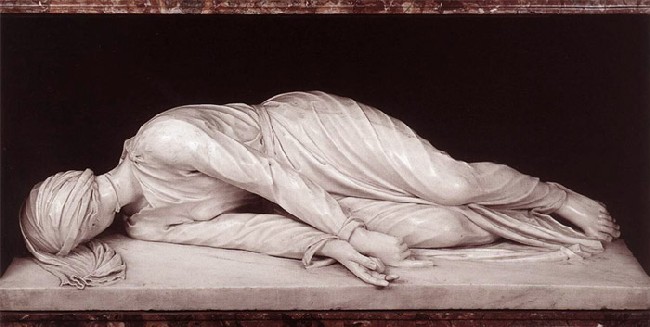
I find deep spirituality in Benedictine practices. Looking back, my path here seems like a straight line (former atheist, former Protestant evangelical in the Reformed tradition, now an oblate at a Catholic Benedictine monastery) — everyone can pick one of those stages as the worst possible existence.
Wil Derkse writes about how a practice that was developed for monks living communally as the Roman Empire was disintegrating (around 500 AD) can have any validity for today in the practice of oblate monasticism.
In discussing the answer Derkse gives one response by recounting “perhaps [a] rather frivolous, .... apocryphal anecdote about the great physicists Niels Bohr and Albert Einstein. Einstein visited Bohr in his summer home on the Danish coast. He noted that above the entrance, according to local usage, there was a horseshoe, supposedly to bring good luck to the dwellers of the house. “Niels,” he says, “as a physicist you certainly don't believe that such a horseshoe does any good, and that it might influence the course of events?” Bohr answered: “No, of course I don't believe that, but I have heard that it also works if you do not believe in it.”
Above quote from: "The Rule of Benedict for Beginners," by, Liturgical Press, 2003
I recommend the book here.
Tuesday, June 3, 2008
Why Benedictine Spirituality Today?
Subscribe to:
Post Comments (Atom)









No comments:
Post a Comment